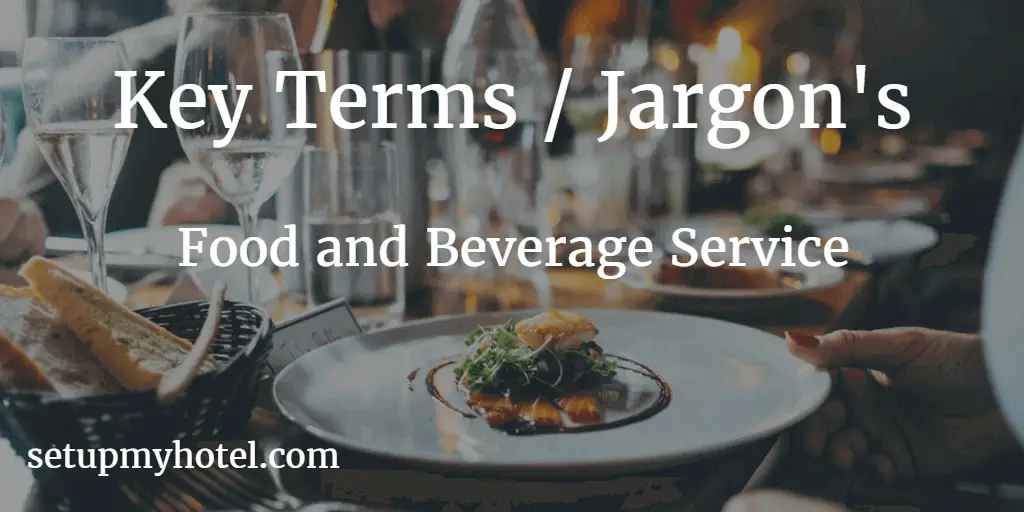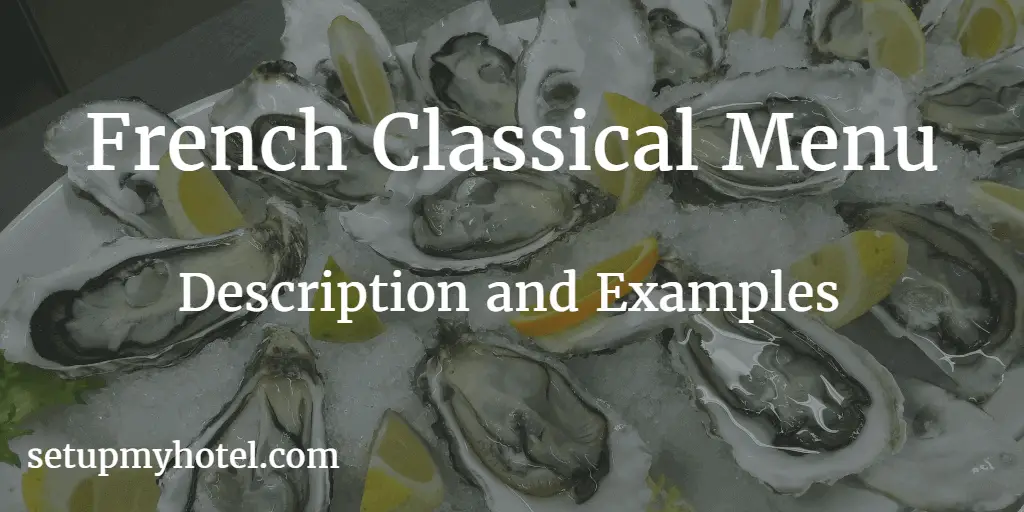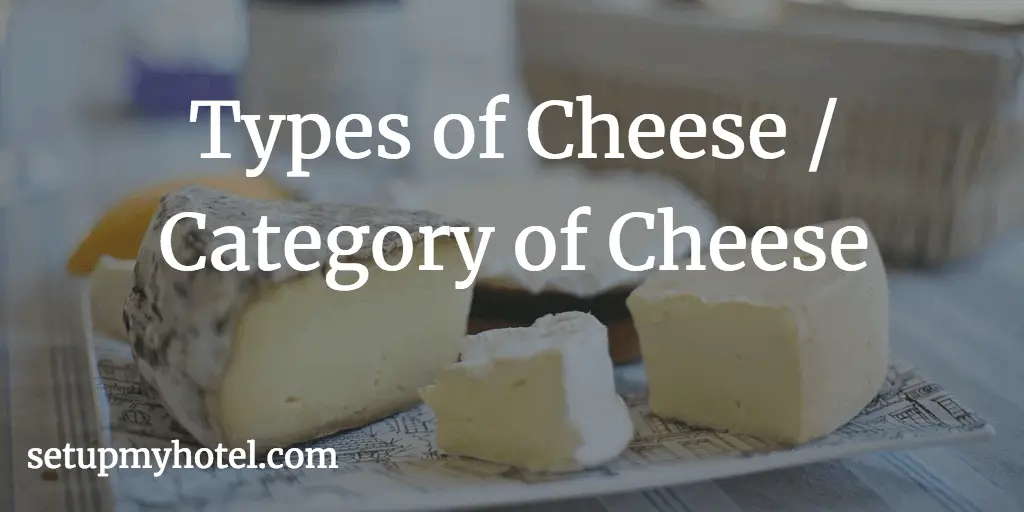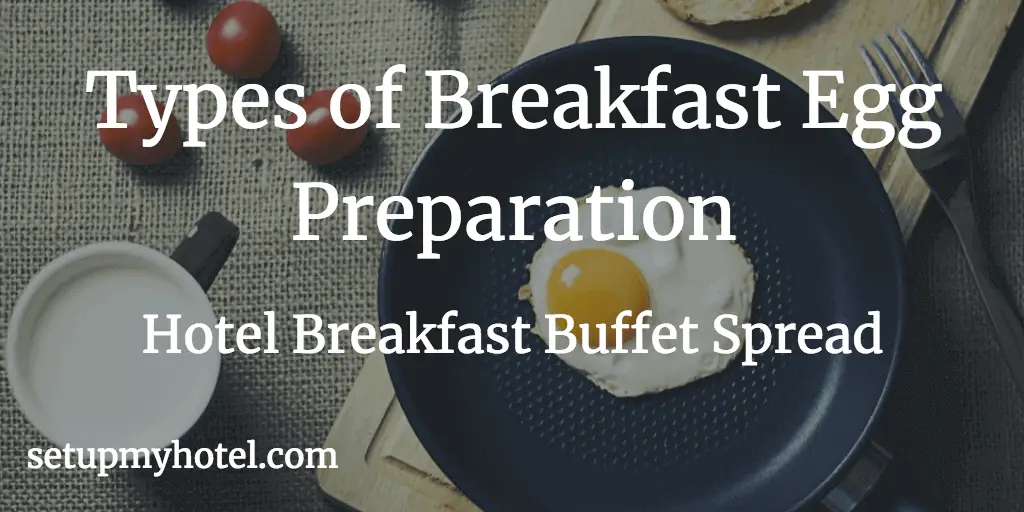Tips For Serving Bottled Beer And Draft Beer

Tips for Serving Bottled Beer and Draft Beer in Restaurants and Bars To provide a good beer service the server/staff ...
Read more
Key Terms F&B Or Jargon’s Used In Food & Beverage Service

Key terms or Jargon used in Food and Beverage Service In the world of food and beverage service, there are ...
Read more
The Sequence Of Service In Restaurant (Stages Of Food Service)

The Sequence Of Service In Restaurant The sequence of service in a restaurant is a crucial aspect of providing a ...
Read more
Tips For Optimizing Hotel Websites For Maximum Bookings And Revenue

Tips for Optimizing Hotel Websites for Maximum Online Bookings and Revenue The Current hotel booking trends in many countries indicate ...
Read more
Tips For Recruiting Successful Hotel Sales Staffs

Tips for Recruiting Successful Hotel Sales Staff Effective salespeople are the key factors for the success of hotel sales efforts, ...
Read more















